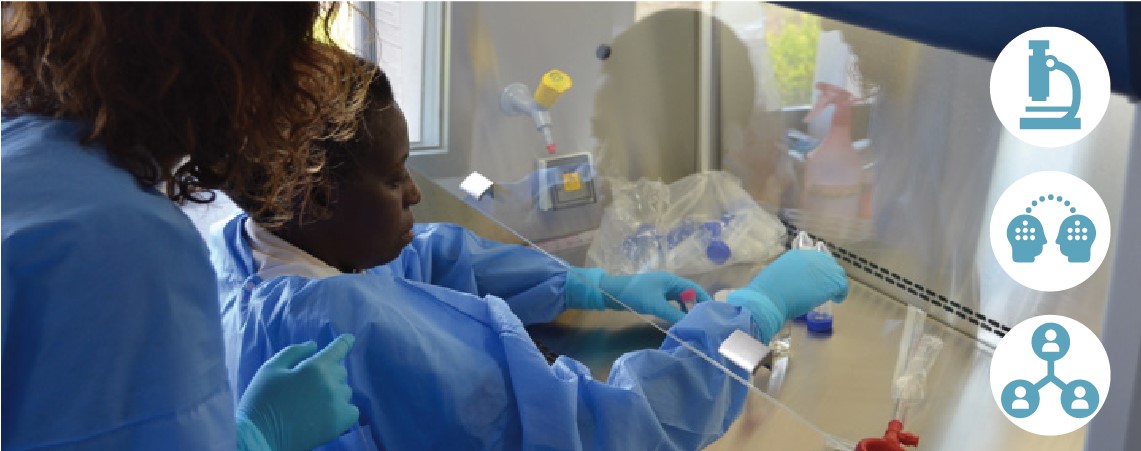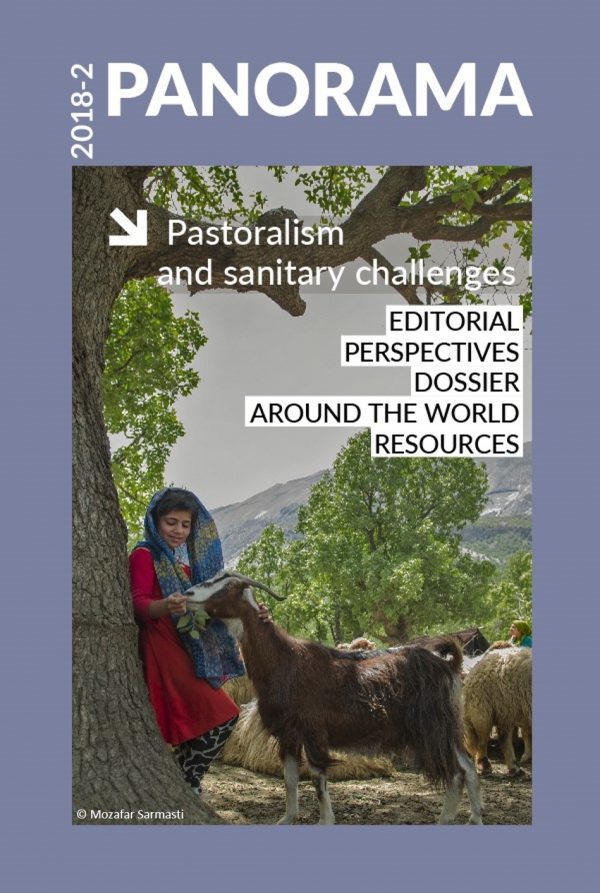Around the world Posted on 2019-02-19 14:02:02
Network initiatives
OIE Reference Laboratories for PPR provide support to the PPR Global Eradication Programme
Keywords
Authors
A. Bataille (1)*, M.D. Baron (2), F. Liu (3), C. Batten (2), Z. Wang (3) & G. Libeau (1)
(1) CIRAD, UMR ASTRE, F-34398 Montpellier, France
(2) Pirbright Institute, GU24 0NF Surrey, United Kingdom
(3) China Animal Health and Epidemiology Centre, 266032 Qingdao, People’s Republic of China
* Corresponding author: arnaud.bataille@cirad.fr
The designations and denominations employed and the presentation of the material in this article do not imply the expression of any opinion whatsoever on the part of the OIE concerning the legal status of any country, territory, city or area or of its authorities, or concerning the delimitation of its frontiers and boundaries.
The views expressed in this article are solely the responsibility of the author(s). The mention of specific companies or products of manufacturers, whether or not these have been patented, does not imply that these have been endorsed or recommended by the OIE in preference to others of a similar nature that are not mentioned.
There are currently three OIE Reference Laboratories for peste des petits ruminants (PPR); namely, CIRAD (International Cooperation Centre for Agronomic Research and Development, Montpellier, France), the Pirbright Institute (Surrey, United Kingdom), and CAHEC (China Animal Health and Epidemiology Center, Qingdao, People’s Republic of China).
As part of their mandate, the OIE Reference Laboratories are involved in a wide range of activities to support the global effort to control and eradicate PPR, launched by the OIE and FAO and known as the PPR Global Eradication Programme (PPR–GEP).
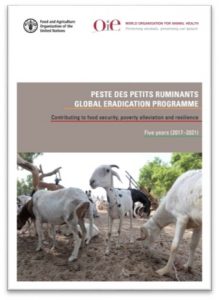
The bulk of these activities involve training the staff of national diagnostic laboratories on PPR diagnostic methods and epidemiology. Candidate laboratories can apply under the OIE Twinning Agreement to collaborate with OIE Reference Laboratories in a one- to three-year programme to improve their capacities for PPR diagnosis and expertise. Laboratories usually undertake such a twinning programme with the aim of becoming an OIE Reference Laboratory for PPR in their own right. Twinning projects have already been completed with laboratories in Morocco, Uganda and several countries in the Asia–Pacific region such as Cambodia, Laos, Mongolia, the Philippines, Thailand and Vietnam. New programmes have started or are under evaluation in Jordan, Kazakhstan and Tanzania (Figs 1 & 2).
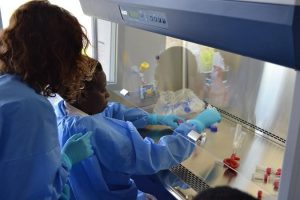
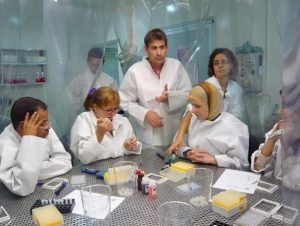
Intensive one-week training on PPR diagnostic methods is also offered each year in the OIE Reference Laboratories to laboratory technicians from applicant countries. In 2017, more than 30 technicians from 16 countries received training on diagnosing PPR at these laboratories (Figs 3 & 4).
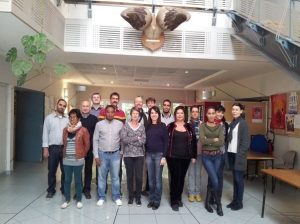
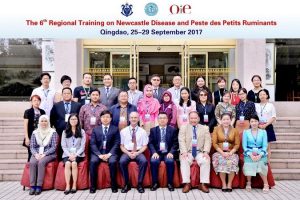
This training will not only make it easier to eradicate the disease but will also contribute to its prevention in PPR-free countries. In some cases, training can be organised in a country’s own national diagnostic laboratory. Such in situ training was notably provided by CIRAD in Georgia, after the first-ever case of PPR appeared there in 2016, and in Mali, for the six countries participating in the Regional Sahel Pastoralism Support Project (PRAPS), financed by the World Bank (Fig. 5). The OIE Reference Laboratories also organise annual proficiency testing, which enables participating laboratories to evaluate their capacity to perform PPR diagnostic tests.

In addition, OIE Reference Laboratories offer their expertise and diagnostic services to OIE Members on request. In September 2016, ten samples from Mongolia were sent to the Reference Laboratory in China for confirmation of PPR infection. All samples tested positive for the virus at the laboratory. This was the first outbreak of PPR in Mongolia. Similarly, the 2016 PPR outbreak in Georgia was only discovered when samples originally sent to the Reference Laboratory at the Pirbright Institute to be tested for bluetongue came back negative. They were subsequently tested for PPR virus (PPRV) and this time the results were positive.
Experts from OIE Reference Laboratories have travelled to multiple countries facing PPR outbreak emergencies to support their control efforts and assist in epidemiological investigations. These experts have also taken part in OIE and FAO meetings on the PPR–GEP to offer their expertise during discussions and decision-making processes. In April 2017, the PPR Regional Roadmap Meeting for ASEAN countries (1), China, Mongolia and Timor Leste, was organised in China and attended by Dr Monique Éloit, Director General of the OIE. Dr Zhiliang Wang delivered a presentation on the eradication plan for PPR in China (Fig. 6). All representatives finally reached agreement on a regional strategy to eradicate PPR. In December 2017, Dr Baron and Dr Libeau (from the Pirbright Institute and CIRAD, respectively) attended a joint OIE/FAO meeting in Rome to develop criteria for the preparation of a thermotolerant vaccine, seen as an important tool for the PPR–GEP.

OIE Reference Laboratories both lead and take part in research and development projects that aim to fill the gaps in our knowledge of PPR and improve methods for eliminating the disease altogether. New diagnostic kits, such as lateral flow devices and camel-adapted, competitive enzyme-linked immunosorbent assay (ELISA) methods, are being developed, validated, produced and/or distributed, to widen the scope of PPR diagnosis in non-typical hosts and in the field. A key role of the OIE Reference Laboratories is the collection of samples and virus isolates from many countries, enabling the validation of diagnostic reagents and vaccines against the broadest possible range of viruses – a task that is not feasible for national diagnostic or research laboratories. All three OIE Reference Laboratories work intensively on the development and validation of the next generation of PPR vaccines, especially vaccines that permit the differentiation of vaccinated and infected animals (DIVA vaccines). They have also entered partnerships with many African and Asian countries to collaborate on research into PPRV transmission dynamics; in particular, the role of wildlife and transboundary livestock trade in PPRV circulation.
All the activities described above are crucial in providing the resources and support required at both the national and regional levels if we are to reach our goal of worldwide control and eradication of PPR. The OIE Reference Laboratories have lost no time in showing that they are there to help, every step of the way.
________________________________________
http://dx.doi.org/10.20506/bull.2018.2.2871




